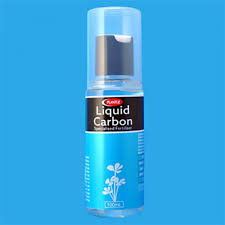Liquid Carbon:

Scientists have for the first time observed the atomic structure of liquid carbon using the high-power DIPOLE 100-X laser and ultrashort X-ray pulses from the European XFEL (X-ray Free Electron Laser) in Germany.
Major Findings of the Study
- Liquid carbon has a water-like structure, with four nearest atomic neighbours, resembling the structure of solid diamond.
- The experiment confirmed earlier theoretical simulations and helped to precisely determine the melting point of carbon under high pressure.
- Liquid carbon refers to carbon in a liquid state, which is not naturally stable under normal temperature and pressure conditions.
- Carbon typically exists in solid forms like graphite, diamond, or as gas (CO₂) when oxidised.
- Liquid carbon is a transient phase, and its study is important for understanding:
- Planetary core compositions (e.g., carbon-rich exoplanets),
- High-energy astrophysical processes,
- And high-temperature material behaviour in laser-material interactions and nuclear science.
- Carbon does not melt under normal pressure; it transitions directly from solid to gas (sublimation), making lab-based liquid-phase studies almost impossible.
- Liquid carbon only forms under extreme conditions:
- Temperatures ~4500°C,
- Very high pressures,
- Conditions that no conventional container can withstand.
- Thus, laser-driven compression was employed to briefly liquefy solid carbon for nanoseconds, enabling real-time measurement.
- The DIPOLE 100-X laser was used to generate compression waves through the carbon sample, converting it to the liquid state for a billionth of a second.
- During this fleeting moment, the European XFEL’s ultrashort X-ray pulse was used to irradiate the sample, causing the X-ray light to diffract off atoms.
- The resulting diffraction pattern revealed the atomic arrangement of liquid carbon.
- Multiple iterations of the experiment with varying delays and conditions were used to create a step-by-step “movie” of the solid-to-liquid transition.




